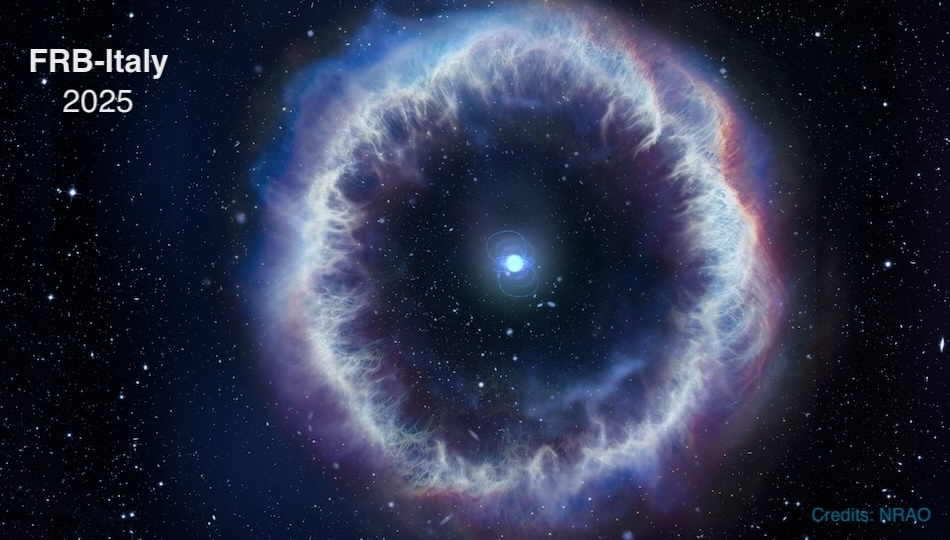Description
Aspetti generali sulla fenomenologia FRB e i possibili meccanismi di emissione.
Repeating FRBs are ideal targets for multi-wavelength observational campaigns aiming at potential counterparts. We are monitoring FRB 20220912A, one of the most active repeaters, using the fast optical photon counters Aqueye+ and Iqueye at the Asiago Observatory. We are trying to characterize foreground/background events by analyzing archival Aqueye+ data taken on other fields. To this purpose...
One key aspect required to understand the origin of FRBs is to know the type of environment they are emitted in. Thus, not only the host galaxy of an FRB is of importance, but also the precise location within that host need to be determined to solve the FRB-puzzle. Such accurate measurements are only possible with Very Long Baseline Interferometry. I will review the cases of FRBs localised...
High-time-resolution detectors are playing a crucial role in advancing our understanding of fast transient events enabling precise measurements of their properties. SiFAP2, a state-of-the-art high-speed optical photometer permanently mounted at the 3.6m INAF Telescopio Nazionale Galileo (TNG) paved the way for significant breakthroughs in optical observations, especially on neutron stars. This...
he radio emission from magnetars is poorly understood and characterized observationally, in particular for what concerns single pulses and sporadic events.
The interest in it was boosted by the recent detection of an extremely bright ms radio signal from the Galactic magnetar SGR 1935+2154, which occurred almost simultaneously with a typical magnetar short burst of X-rays.
As of now, this...
During this presentation I will present recent advancements on the study of fast radio bursts (FRBs) – short, energetic radio flashes of extragalactic origin, with typical durations of a millisecond – through low frequency observations conducted with the Northern Cross radio telescope. In particular, I will show how long-term radio monitoring of a sample of nearby galaxies can help investigate...
Although FRBs are frequent events, the precise localization has only been achieved in a limited number of cases. However, this number has doubled in the past year. In this talk, we will present key properties of a sample of galaxies hosting these events, compiled from existing publications. Over 100 FRB host galaxies have been identified so far, with redshifts measured for most of them. The...

